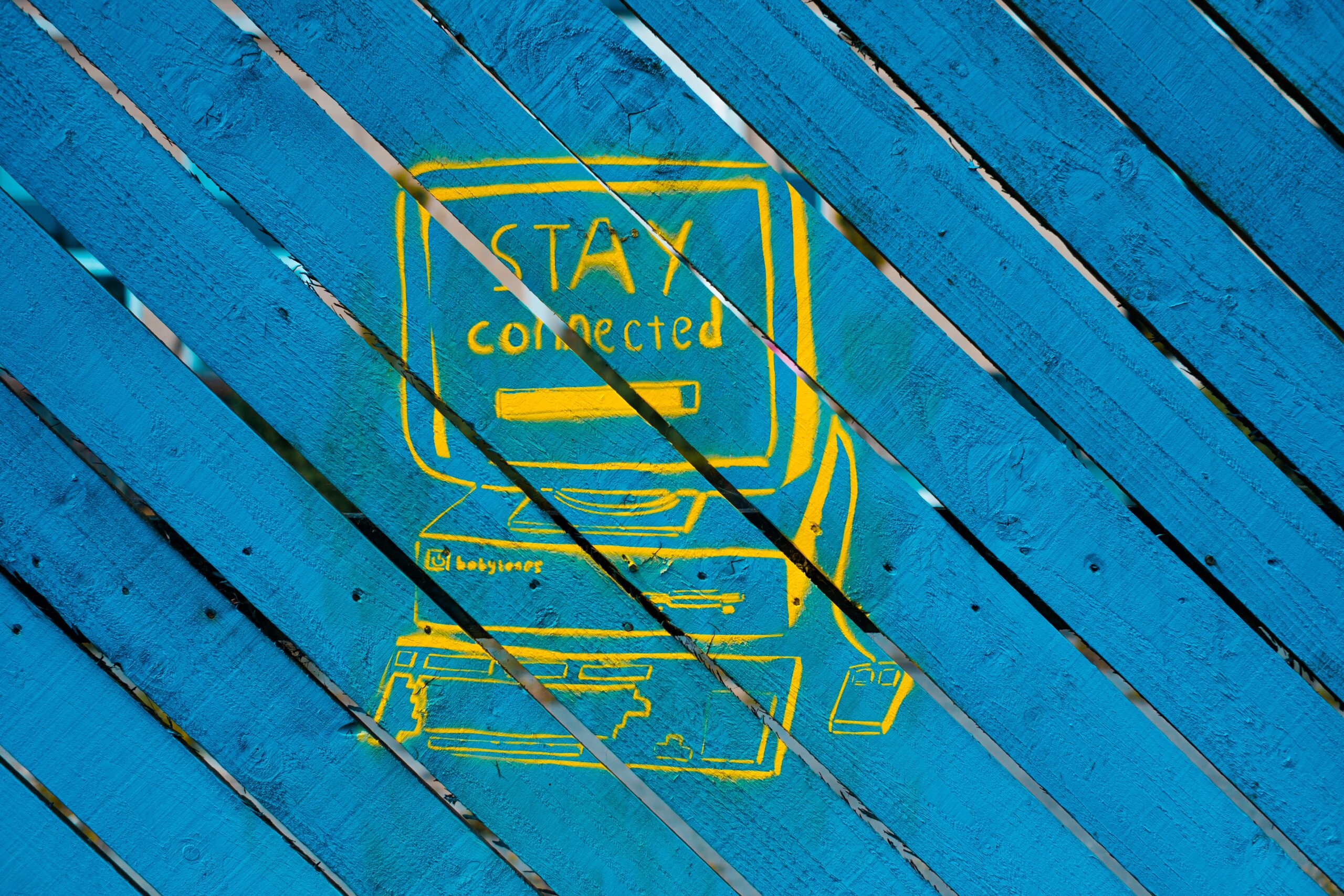In this paragraph, I’m going to discuss how the term “digital” is part of the digital world.
First, we defined digital and what our experiences are in our own lives based on digital.
Second, we defined digital as:
- Technology
- Anything that’s not on paper
- Not paper and pen
- An alternative outlet, a different way to consume content
- A quicker way to get things out (globally)
- A way to navigate answers to a question
- Radio ≠ podcasts: digital incorporates to a question
- A non-physical format of sharing information
- Digital = phone, online, computer, Ipad
There are many outlets and apps which allows people to make connections digitally.
Through the digital world, people can make connections virtually (remotely) and globally.
In today’s world, you can make connections without meeting anyone in-person.
People build experiences and rapport based on information shared digitally, on social media outlets, and by using the Internet on our electronic devices.
What is the Digital World?
Digital means an electronic technology that generates, stores, and processes shared information in two ways: positive and non-positive.
In Anders Björklund’s “What is Online vs Digital?”, he refers to digital as online and offline.
As an example, a digital audio file can streamed online and stored as a disc or hard drive.
The “digital” world is all around you.
Some digital items that we use in our everyday lives are: smartphones, computers/laptops, iPads, streaming movies, using streaming services, video game consoles, household appliances, cars, robot vacuums, and other gadgets that use stored digital information to function.
Digital gadgets function through the stored information and communicate information as 0’s and 1’s.
The term “digit” which uses one of the ten symbols to write numbers in the world.
Digital World Language
In Doug Eyman’s “Defining and Locating Digital Rhetoric” , he defines “digital” as computer technologies.
In context, non-computer formats of digital information available in the world are: writing, Morse code, and the Braille alphabet (pg. 19).
We use digital language in our everyday lives through different forms: our digits, our hands and our fingers.
As we use digital language, we type and send messages/emails to people.
Using our digits, we can combine the different technology platforms to connect virtually and globally. Through our digits, we can control how to navigate and communicate positively or negatively through the world.
Digital World Formats
Based on the examples from Doug Eyman and Angela Haas, there are many formats of “digital” in the world.
We use the digital world formats to represent sounds, pictures, videos, compression, and information superhighway.
Digital Sounds
Digital sounds mean vibrations and a code of 0’s and 1’s.
Basically, we refer to a music CD that stores 0’s and 1’s as a variety of vibrations.
A CD player converts the digital information into Music.
Digital Images
All of the images and photographs are formatted digitally.
The picture on the computer screen is made up of more than 300, 000 small dots.
The computer screen displays each dot is made up of a different color and they have their own code of 0’s and 1’s.
Digital Video
The digital videos or films consist of a variety of still pictures and frames. These frames rapidly increase and go faster.
What our eyes see merges the different images as one to create an illusion that moves.
Digital Compression
Digital compression represents the amount of 0’s and 1’s used for the words, sounds, or images.
Shortly, these concepts are used to easily store or transfer and expand the information when someone reads, hears, or views it.
Information Superhighway
Specifically, we don’t communicate through words, music, images, or videos but, by using 0’s and 1’s.
In conclusion, there is only one communication format needed for information and entertainment.
To communicate, long distance calls and messages use electricity from telephone wire and TV cable.
Light and radio waves transfer the digital codes instantly. Being able to transfer information, helps the digital communication grow.





Leave a Reply